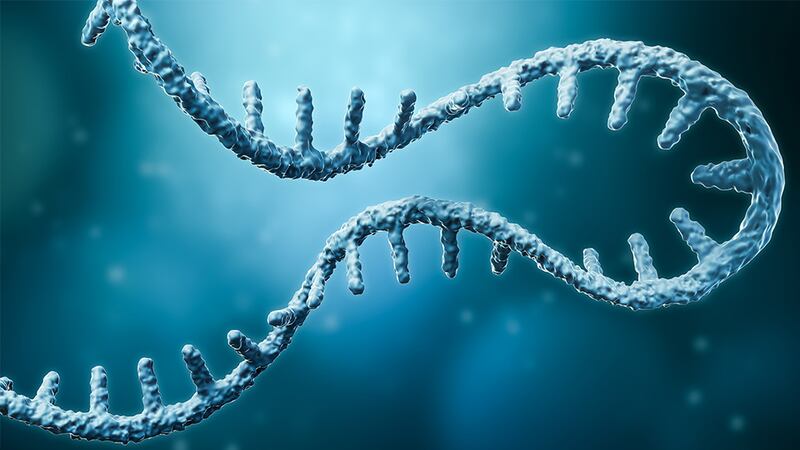During the early stages of the Covid 19 pandemic, most countries desired to protect their populations from what were then the unknown long-term effects of the virus. Global socio-economic gaps led the world to face significant vaccine injustice.
The challenge of mass vaccination appeared for the first time in decades during the Covid 19 pandemic, when countries worldwide faced a substantial threat to their health systems, economy, and education. The pandemic also occurred as a threat to vaccine equity. The meaning and goal of vaccine equity is to enable human beings to receive the needed immunisations - regardless of their country, social status, ethnicity, or income. Despite the first vaccines becoming available to the public by the end of 2020, citizens of many countries did not receive equal access, increasing social inequality and distress.
The aforementioned outcome did not occur by accident. In times before vaccines arrived on the market, as of November 2020, high-income countries had signed agreements to buy 51 per cent of all pre-sold doses – even though these countries represent less than 15 per cent of the world’s population.
Some high-income nations bought more doses than necessary to vaccinate their entire population. Almost two years later, these gaps still exist. While nearly 20 per cent of the population is immunised against Covid 19 with at least one vaccine dose in low-income countries, the number is much higher with over 70 per cent of citizens with at least one dose in wealthier ones.
READ MORE
The meaning and goal of vaccine equity is to enable human beings to receive the needed immunisations - regardless of their country, social status, ethnicity, or income.
How can we fight this health and humanitarian crisis? Achieving vaccine equity is a long road. Joint work of governments and global organisations for better logistics, creating a more stable and less-costly vaccine, and primary health education for individuals worldwide are the first steps in getting us closer to social justice. Most countries’ healthcare systems were not prepared for COVID-19 or the logistics of vaccine delivery.
The estimated delivery cost of Covid 19 vaccines is US$ 3.70 per person vaccinated with two dosesGovernments of low and middle-income countries could not accommodate such finances, so the world health organisation’s COVAX initiative appeared to help.

As a part of the initiative, UNICEF, in collaboration with the PAHO Revolving Fund, led and is still leading the procurement and delivery of Covid 19 vaccines for 92 low and middle-income countries.
This initiative started in February 2021 and delivered 1.2 billion vaccines in 12 months. The numbers are unprecedented, and the cooperation of global health organisations and governments helped save lives worldwide.
Creating a more stable, easier to deliver, and effective vaccine is another approach toward vaccine equity.
However, the vulnerability of healthcare systems was not the only reason for the complicated logistics. The main challenge derives from the vaccine itself, while it cannot be delivered easily.
When it comes to delivery, mRNA vaccines are proven to be the most effective but require cold chain equipment to be stored and transported in extra cold temperatures – between -90°C and -60°C for Pfizer/BioNTech vaccine and -50°C and -15°C for Moderna’s.
mRNA teaches our bodies to create immunity, however, is fragile and needs protection. Therefore, mRNA is encased with tiny balls of fat called lipid nanoparticles (LNPs) to preserve and deliver it to the body.
The main problem with existing LNPs is that they are not thermostable enough and must be stored in controlled temperatures in order to last to do their work correctly. Therefore, vaccine transportation is costly and limited.
Creating a more stable, easier to deliver, and effective vaccine is another approach toward vaccine equity. For example, Dan Peer and Eran Eilat, co-founders of the mRNA vaccine startup NeoVac, recently published research results on LNP stability.
Their novel lipid nanoparticles demonstrated thermostability at 4°C for one year. This technology will radically reduce logistical costs, making immunisation more available for people in low-income countries.
NeoVac’s LNPs are also stable for one month at 25°C, which means that even after arriving in a new country, the vaccine using this technology can be distributed among communities efficiently with no need for expensive cold-chain equipment.
Another way of reaching vaccine equity is bringing its production closer to the communities in need. In the summer of 2022, BioNTech started constructing an mRNA vaccine plant in Rwanda, which will be Africa’s first mRNA vaccine manufacturing site.
The plant in Kigali has an estimated annual capacity of about 50 million vaccine doses which is not enough to cover the continent’s needs but is an essential first step for sustainable vaccine production and delivery.
Ugur Sahin, the company’s co-founder and CEO, said that “further manufacturing facilities in Africa and on other continents are planned to follow,” hinting that we might see how this technology shifts vaccine equity sooner rather than later.
No matter how easy and cheap the logistics and how sustainable the manufacturing of vaccines is, history has taught us that all significant revolutions begin with education.
Some high-income nations bought more doses than necessary to vaccinate their entire population.
A report from several African countries published in Bio Med Central (BMC) states that the primary reasons for worldwide vaccine hesitancy were concerns with vaccine safety and side effects, lack of trust in pharmaceutical industries, and misinformation or conflicting information from the media.
Therefore, another important solution for fighting vaccine injustice is eliminating education and knowledge gaps and offering citizens information regarding immunisation through the doctors, leaders of their communities, TV, or other suitable channels.
World Humanitarian Day is an important reminder that social justice, including healthcare, is yet to be achieved. Many individuals worldwide are still suffering from Covid 19 outcomes that vaccines can prevent.
On this important day, we commend all Biopharma companies, governments, and international organizations, who are sharing efforts to create a more stable and effective vaccine, sustainable supply chain, and educated society.
For more see https://www.neovac.co.uk/












